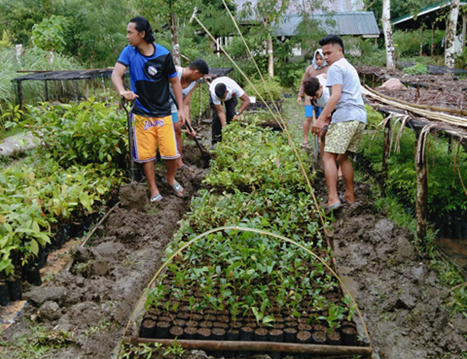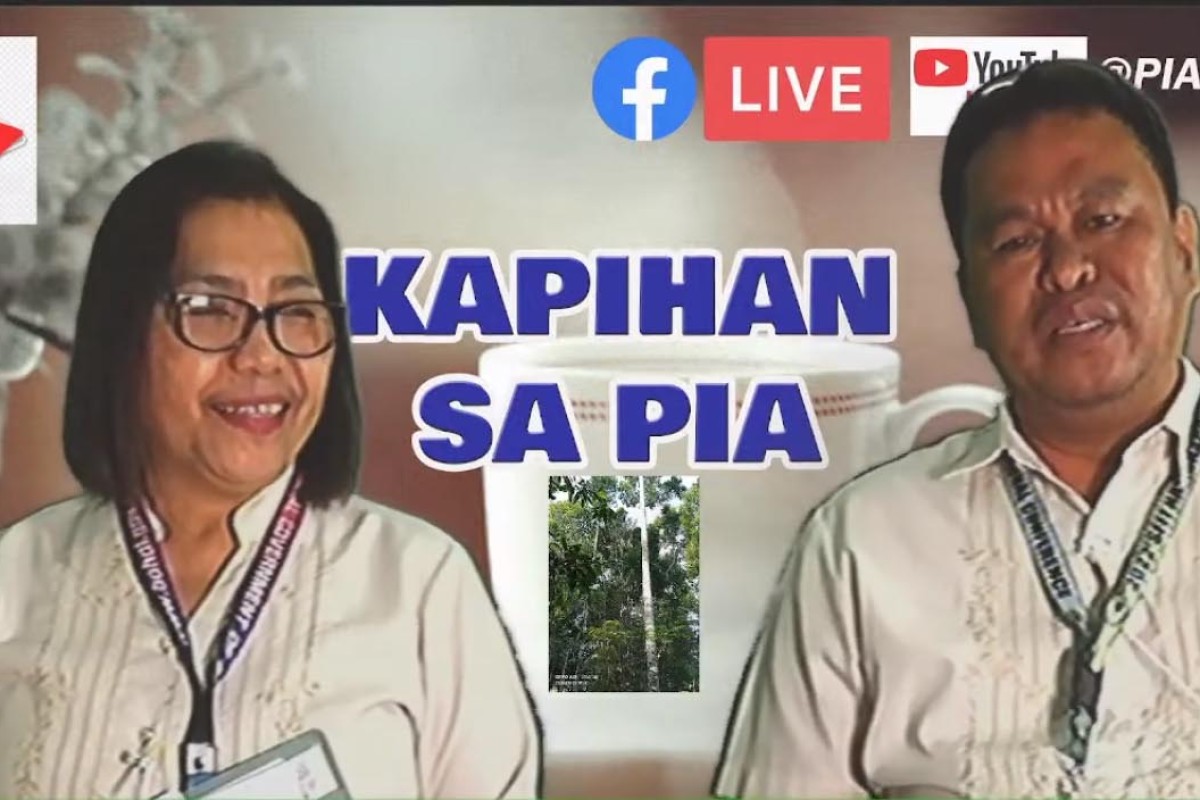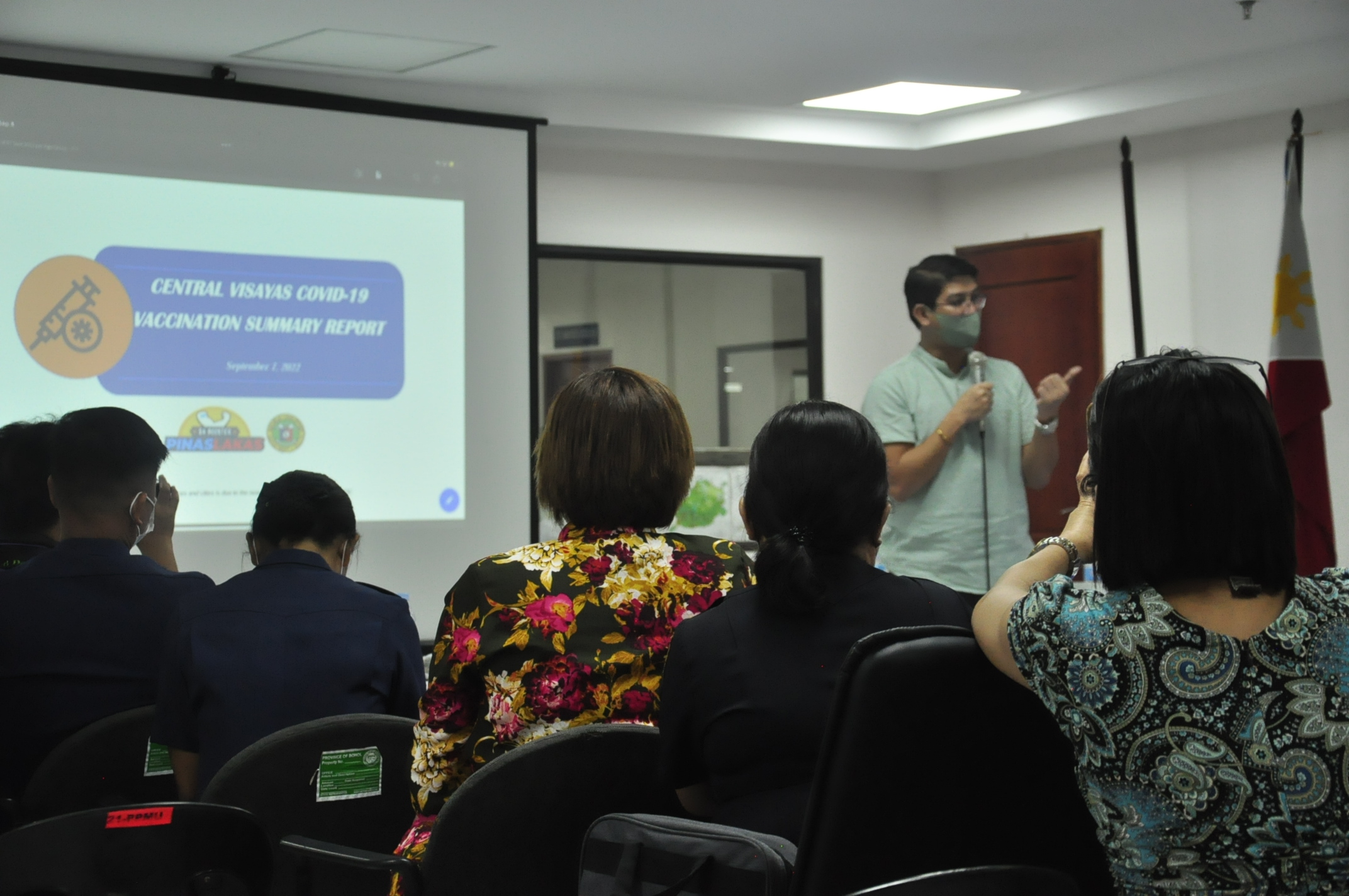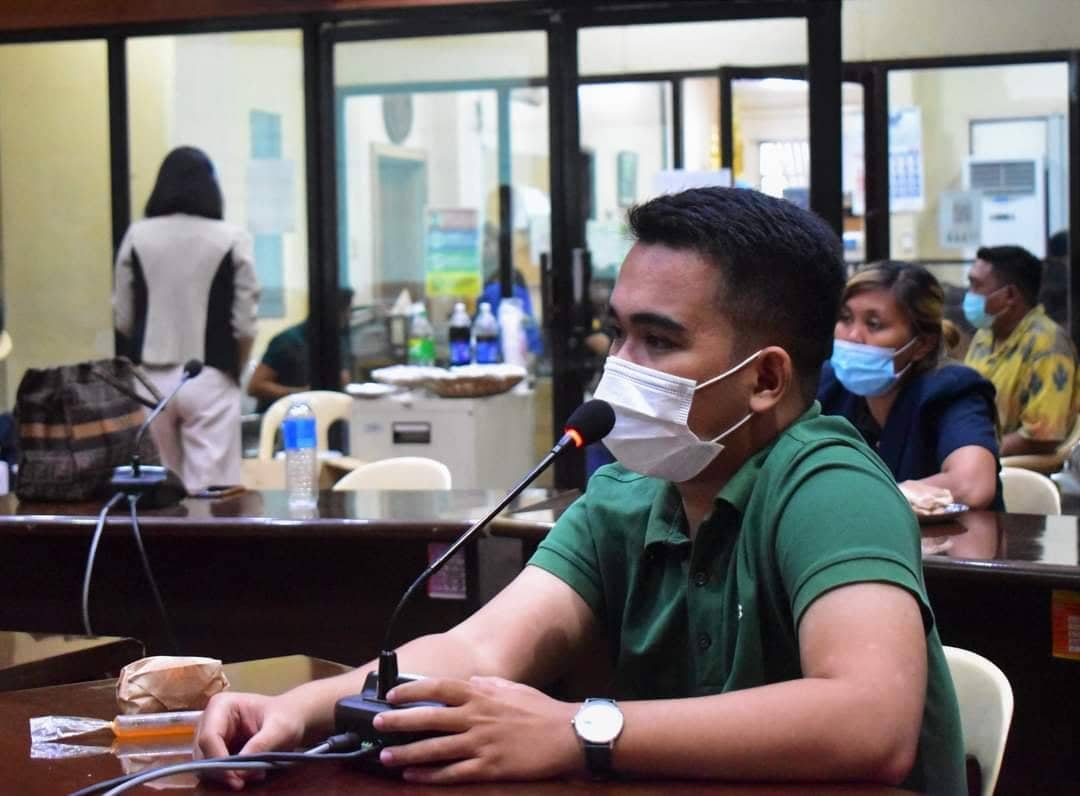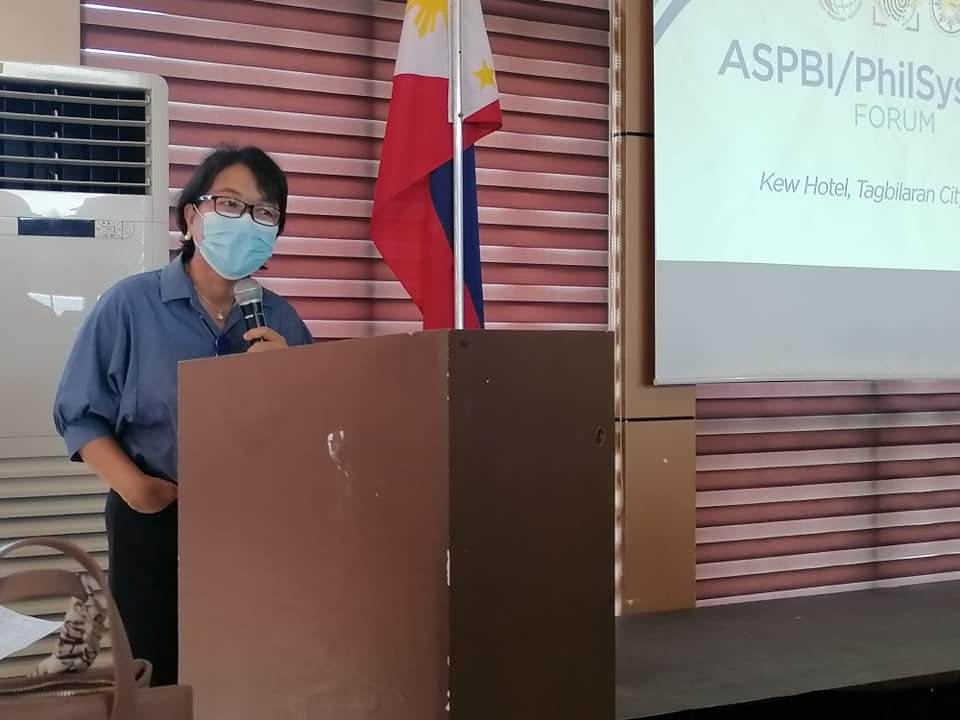TAGBILARAN CITY, Bohol, April 28 (PIA) -- A recent published survey in portions of the Visayas’ last forest frontier showed an amazing presence of trees, which for a long time have been thought of as extinct due to overharvesting.
The survey team led by a University of the Philippines Los Baños professor and taxonomist with Bohol Island State University students rediscovered and documented the presence of white lauaan (Shorea contorta), yakal (Shorea astylosa) and Dalingdingan (Hopea acuminata), which have not been documented since the Spanish period.
Professor Edwino Fernando, along with BISU forestry students Wilbert Aureo and Reizl Jose, in a published work entitled Diversity and Composition of Plant Species in the Forest over limestone Rajah Sikatuna Protected Landscape (RSPL) in 2020, documented the dipterocarps which upped the local count in Bohol from 16 to 19 after the study.
Dipterocarps are the kind of fruit-bearing hardwood trees with straight cylindrical boles towering in forests, their names taken from di (double, of sometimes multiple) ptero (wings) carpus (fruits) or fruits with multiple wings, which aid the mature seed in flight for easy natural dispersal and assure the continuity of the species.
The main source of first class timbers, resins and aromatic oils, dipterocarp which used to be called ‘dollar earners,’ are logged for international import trade.
Earlier, Bohol keeps a record of having 16 hardwood dipterocarp species in its forests, according to forester Restituto Piollo Jr., during the recent Kapihan sa PIA on conserving Bohol biodiversity in its forests.
By conservation, Bohol Provincial Environment Management Office (BPEMO) in Charge Jovencia Ganub said it is the process of replacing and restoring the species which used to dominate Bohol forests to bring back the diversity of species in the environment.
Ganub, who sits as supervising environmental management specialist in Bohol, bemoaned the introduction of exotic species in Bohol, which are often invasive and have the potential to take over and dominate the landscape, killing the choking the endemic species which measure the bio-diversity of the tropical forests that what we have in Bohol.
Exotic species which were introduced in the country, like gmelina, mahogany, acacia mangium, neem tree, ipil-ipil, indian tree, kapok and still so many introduced tree species that directly compete with native endemic trees and do more harm to the environment than good.
After centuries of over-harvesting and unregulated gathering of timber, Bohol forests shrunk in size, the diversity of species especially for the hardwood kinds, slowly dwindling from every mother tree which is unceremoniously cut.
"In the country, we have documented 49 hardwood dipterocarps species, and Bohol has a record of keeping 16% or 32% of the country’s documented hardwoods," said Piollo, who heads the Bohol Biodiversity Conservation Center in Roxas Bilar.
BBCC, a center that operates under the BPEMO, has personnel who go around Bohol forests to collect fallen dipterocarp and endemic tree seeds, fruits and gather wildlings from the forests, pot, care and nurture, harden, sort and grade then and then distribute them to tree growing groups.
With the hardwood species in Bohol now documented like white Lauan (Shorea contorta), manggasinoro (Shorea assamica ssp. philippinensis), Guijo (Shorea guiso), Almon (Shorea almon), Mayapis (Shorea palosapis), Tangile (Shorea polysperma), Yakal-malibato (Shorea malibato), Malaanonang (Shorea polita), Gisok-Gisok (Hopea philippinensis), Yakal saplungan (Hopea plagata), Quisumbing Gisok (Hopea quisumbingiana), Manggachapui (Hopea acuminata), Palosapis (Anisoptera thurifera), Hasselt’s Panau (Dipterocarpus hasseltii), Apitong (Dipterocarpus grandiflorus) and Narig (Vatica mangachapoi), the additional rediscovery of yakal, dalingdingan and lauaan in Bohol forests elevate the local percentage of existing dipterocarps to 38%.
With the recent documentation only involving a small portion of the RSPL, and did not even include some areas in Bohol where other dipterocarps are documented, Piollo said they are positive the count could even go higher.
Some of the dipterocarps found in Bohol are location specific, a reason that some species subsist in different environments and not necessarily in karst environments, make the local foresters at the BBCC confident that they can find more if they can swing away from their usual wildlings explorations which happen only within the vicinity of identified presence of hardwood mother trees. (RAHC/PIA7 Bohol)
